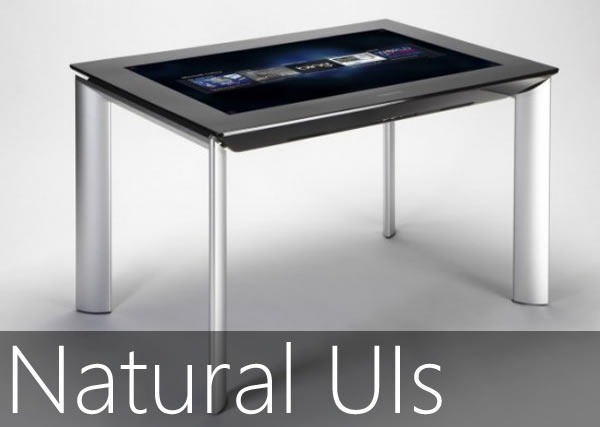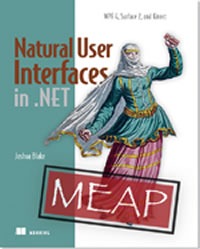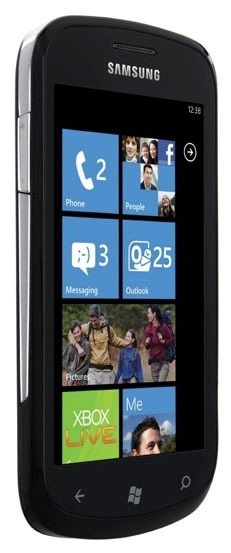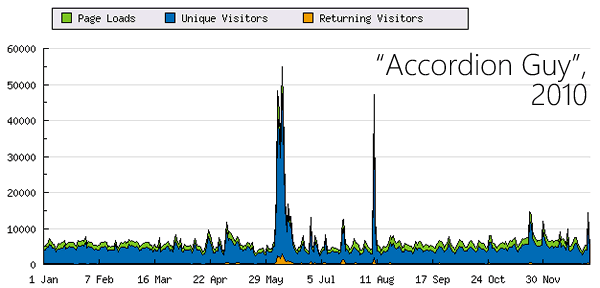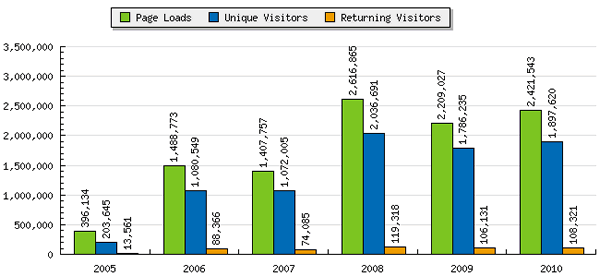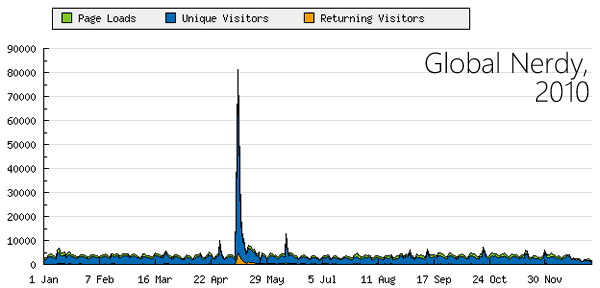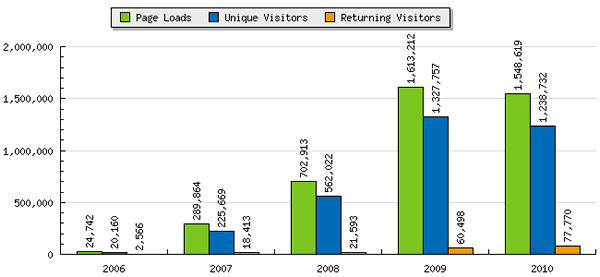Microsoft’s MIX conference, which typically takes place early in the spring, bills itself as being about “The Next Web”. I prefer to refer to it as Microsoft’s most right-brained conference, the one for the creatives, the design-oriented and the late-night hackers who love to tinker and experiment. It’s also where big announcements are made: last year, MIX was where we all found out about Silverlight 4, Internet Explorer 9 and Windows Phone 7.
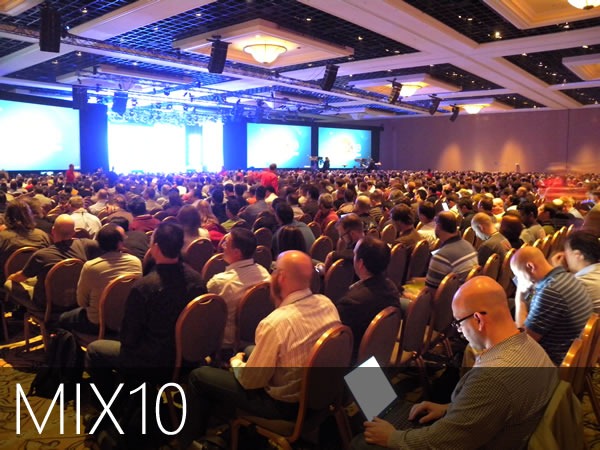
This year’s MIX conference – MIX11 – takes place from April 12th through 14th in Las Vegas at the Mandalay Bay Convention Center. It promises to be an interesting one, with lots of informative sessions, great people in attendance and there’s always the chance that they’ll make one or two announcements that might take you by surprise. As one of the people on the developer evangelism team who’s “The MIX type”, I’ll be going, attending lots of sessions (especially the phone ones), taking copious notes and posting them here.
Of course, you can always cut me out of the middleman role and go attend MIX yourself! If you’re into web and mobile development or looking to get into them, MIX is a great conference to attend. There are the sessions and boot camps, of course, but a good chunk of what makes MIX special is the opportunity to catch up with the people at Microsoft who help make the web and phone technologies as well as developers, designers, UX pros and suits who are behind some of the biggest and best web sites and phone apps out there.
If you register before February 11th, you can save a lot of money. The early bird discount is amazing – early registrants will:
- Save $500 off the cost of registration (Until February 11th, the price is USD$895. After February 11th, it goes up to the regular rate of USD$1395).
- Get a free hotel night when you book two or more nights at the Mandalay Bay hotel.
Want to find out more? Visit MIX11’s Registration page.

Canada made a strong showing at MIX last year. Onstage, we had Microsoft Principal Research Bill Buxton, who gave a great metaphor-rich keynote about designing technology to fit humans, and Albert Shum, who talked about the great UI he designed for Windows Phone 7. We also had a great group of Canadians come along with us, including RedBit Development’s Mark Arteaga and Barranger Ridler, Nascent’s Shawn Konopinsky, Nitobi’s Filip Maj, Laurent Duveau, Louis-Philippe Pinsonneault and the guys from RunAtServer, Barry Gervin and Bruce Johnson from ObjectSharp and Ace of Cloud’s Colin Melia, to name a few.
This year, Canada’s already making a strong showing in the open call for sessions. A number of Canadian developers – many of whom you might have seen at TechDays – have submitted presentations for MIX11 and it’s now time to vote for the one you’d like to see at MIX. I’d love to see a strong showing from Canada onstage this year – after all, we’ve been punching above our weight class in the tech arena ever since Alexander Graham Bell.
Here are the presentations for the open call that were submitted by Canadian geeks, a number of whom have more than one submission in the pile:
- Windows Azure Platform as the backend for Windows Phone experiences (Colin Melia)
- On-Premise Data to Cloud to Phone – Connecting with Odata (Colin Melia)
- Getting to grips with MVVM on Windows Phone (Colin Melia)
- 0 to Phone App in 60 Minutes (Colin Melia)
- HTML 5 for .NET Pros (David Wesst)
- Prototype it! SketchFlow in the Real World (David Wesst)
- DotNetNuke (Hadron) – "Not Your Mama’s DotNetNuke" (Charles Nurse)
- Have your Cake and Eat it Too – Using the WebFormsMVP Framework to Develop Testable Web Applications (Charles Nurse)
- Mobile First Design – Laser Focus on User Experience (Miguel Carrasco)
- Building Engaging User Experiences with SharePoint 2010 and Expression Studio (Miguel Carrasco)
- Getting into SharePoint 2010 branding for traditional web developers (Yaroslav Pentsarskyy)
- Achieving total developer-designer harmony with Expression Blend and Silverlight (Francis Beaudet)
- Web Acceptance Testing with ASP.NET MVC (Amir Barylko)
- Identity Bests – Managing User Identity in the new Decade (Steve Syfuhs)
(Did I miss any Canadian submissions? If I did, please drop me a line and let me know!)
Vote for these Canadian submissions in the MIX11 Open Call! I’d love to see Canada make its mark on MIX11 and give these hard-working Canadian developers a boost. Vote now – the call for open voting for sessions ends at midnight Pacific (3 a.m. Eastern) on Friday, February 4th.


 What is Cloud Free Agent Espresso Bar? I’m glad that these guys exist – they “get” the spirit of what Coffee and Code is all about. They’re a cafe designed for they call the “untethered class” – those of us whose philosophy is “have laptop, will work anywhere”. Rochelle Latinsky and Tamara Kremer of Cloud AdAgents, the people behind Cloud Free Agent Espresso Bar, were kind enough to invite me, and I’m looking forward to visiting and working at a new cafe!
What is Cloud Free Agent Espresso Bar? I’m glad that these guys exist – they “get” the spirit of what Coffee and Code is all about. They’re a cafe designed for they call the “untethered class” – those of us whose philosophy is “have laptop, will work anywhere”. Rochelle Latinsky and Tamara Kremer of Cloud AdAgents, the people behind Cloud Free Agent Espresso Bar, were kind enough to invite me, and I’m looking forward to visiting and working at a new cafe! 